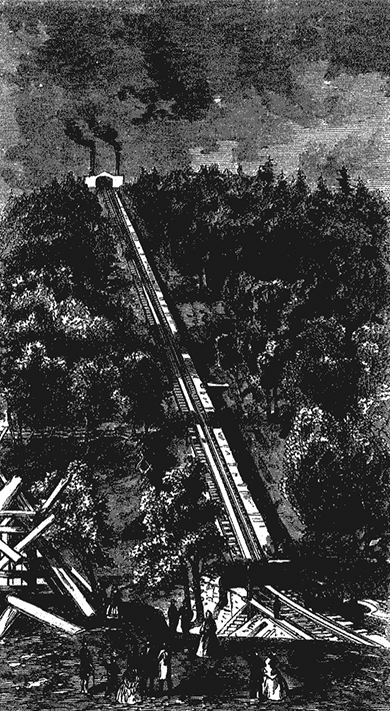A Top Obama Aide Says History Won’t Applaud the President’s Climate Policy
How the president has undercut proposed EPA regulations by moving the goalposts on climate change
President Obama has just unveiled a new EPA regulation that would limit the emission of greenhouses gases from the nation’s power plants. This is his most high-profile attempt to combat climate change since taking office. Yet in an article to be published in the July issue of Harper’s Magazine, senior Obama adviser John Podesta predicted that history will judge Obama’s climate-change efforts as sadly insufficient.
In a two-hour interview conducted just weeks before his return to Obama’s inner circle as White House Counsel, Podesta told me that the president had been willing to take risks and expend political capital on the climate issue. “But fifty years from now, is that going to seem like enough?” Podesta asked. “I think the answer to that is going to be no.”
Podesta blamed Obama’s spotty climate record in part on the president’s top aides during his first term (aides who Podesta, as Obama’s transition director in 2008, helped select). The aides’ attitudes about climate change, Podesta recalled, were dismissive at best: “Yeah, fine, fine, fine, but it’s ninth on our list of eight really important problems.”
The Obama Administration’s newly proposed regulations on power plants illustrate how the president continues to fall short of what science demands in the face of rapidly accelerating climate change. From a scientific perspective, there is much less to these regulations than either industry opponents or environmental advocates are claiming.
The reason is rooted in the White House’s habit of moving the goalposts on climate policy. From the earliest days of his presidency, Obama has repeatedly chosen 2005 as the baseline year for any proposed cuts in greenhouse gas emissions. In backing the 2009 Waxman–Markey climate bill, for example, Obama pledged to reduce emissions by 17 percent from 2005 levels by 2020. But the standard baseline year for measuring emissions — employed for decades by governments, scientists, advocates, and journalists around the world, and codified in the United Nations Framework Convention on Climate Change — has always been 1990. Given the proper 1990 baseline, Obama’s pledge amounted to a reduction of less than 4 percent.
The new power-plant regulation relies on similar accounting tricks. The 30 percent reduction promised by 2030 shrinks to a mere 7.7 percent when the 1990 baseline is applied, according to Kevin Bundy of the Center for Biological Diversity’s Climate Law Institute. And even that 7.7 percent reduction overstates the actual climate benefit of the regulations, says Charles Komanoff, an energy economist at the Carbon Tax Center in New York City. “Without a regulatory clampdown on fracking, much if not most of the carbon cutting will come from relying on fracked natural gas, bringing a surge in ‘fugitive’ methane emissions that will undo the carbon cuts,” Komanoff told me.
I interviewed numerous current and former Obama Administration officials for my forthcoming Harper’s feature, and not one of them could square the president’s massive expansion of fossil-fuel production — under his “all of the above” energy strategy — with his legal obligation to help limit global warming to 2 degrees Celsius above pre-industrial levels.1
1 Often described as a tolerable level of warming, a 2°C increase would itself unleash harsh impacts, according to scientists.
“Wow, I don’t know,” Carol Browner, who headed the White House office on climate and energy policy in Obama’s first term, told me in a doubting tone. “I don’t know about two degrees.” John Holdren, the White House science adviser, simply declined to answer the question.
Podesta, however, acknowledged that Obama’s climate policy (as it stood last November) would not hit the 2°C target. “Maybe it gets you on a trajectory to three degrees,” he said, “but it doesn’t get you to two degrees.”
President Obama clearly grasps the urgency of the climate crisis and has taken important steps to address it. But it is his historical fate to be in power at a time when good intentions and important steps are no longer enough. Because the politicians who came before him, both in Washington and around the world, did not act boldly enough, Obama (like other current leaders) has a much steeper hill to climb. The science he is faced with — such as the latest declarations by the International Energy Agency and the Intergovernmental Panel on Climate Change that two thirds of earth’s remaining fossil fuel must be left underground if we are to limit temperature rise to 2°C — demand actions that seem preposterous to the political and economic status quo.
Perhaps all this places an unfair burden on president Obama. But science does not care about fair, and leaders inherit the history they inherit. What matters is what they, and the rest of us, make of it.
































































































